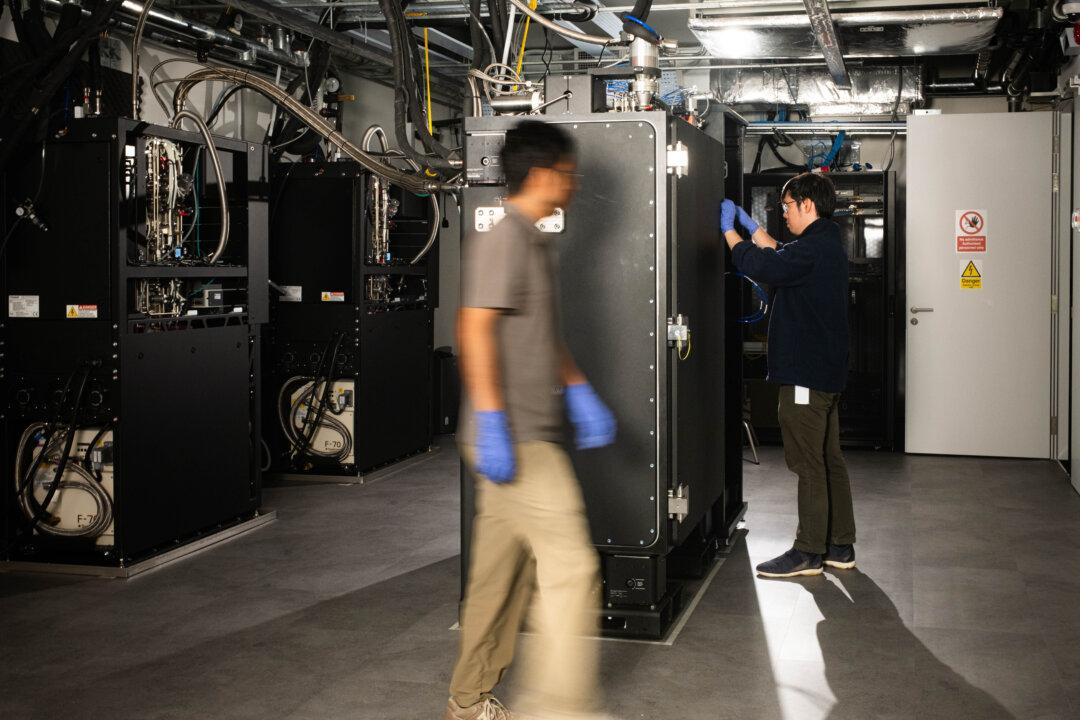A student who had a degree in mechanical engineering and was studying for his PhD was building a drone in his bedroom for Islamist terrorists, a jury in Birmingham has heard.
Mohamad Al-Bared, 26, denies engaging in conduct in preparation for terrorism between Jan. 1, 2022 and Jan. 31, 2023.





